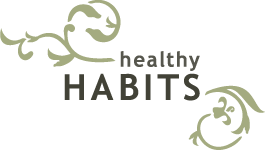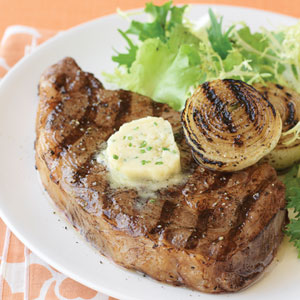Most people fear cholesterol. They don’t want to consume it and don’t want to hear from the physician that their cholesterol is high. Let’s step back for a moment and ask this – what does it mean to have high cholesterol? What is cholesterol? Do you know? What are its functions? Where does it come from? It’s critical to ask these and other questions and educate oneself in order to understand the effects of cholesterol and the role it plays in the body.
Did you know that most of cholesterol, which is a waxy substance, is actually made by the body? It doesn’t come from food. 75% of cholesterol is produced by the body and every cell in the body, and there are trillion of cells, is surrounded by a membrane made up of this stuff. Only 25% comes from what we eat. The brain is also made up of cholesterol and our skin is lined with it. In addition, the body’s innate intelligence maintains cholesterol balance in the body, so if you eat more cholesterol from food, your body will just makes less.
The main take away here is that you need cholesterol and without it you wouldn’t be alive. The body would not make something on a daily basis (2000-3000mg of cholesterol per day) unless it played major roles in the body.
Let’s go over the facts and help you understand and stop fearing cholesterol.
Cholesterol is NOT bad. It does not cause heart disease and plugs arteries.
The old labelling of HDL as the ‘good’ cholesterol and LDL as ‘bad’ is not correct.
HDL stand for high density lipoprotein and LDL, low density lipoprotein. These are proteins, not cholesterol. They are actually carrier vehicles that carry cholesterol to the body. LDL carries cholesterol from the liver to the tissues and HDL carries old cholesterol to the liver to be recycled. The only time there is a problem with cholesterol is when you have too much coming in than going out. Furthermore, LDL is not the villain. Only part of LDL is really bad and this part is called LDL-TypeB. These are the parts that you often hear about, the ones that form plaques in and around the arteries as the body tries to heal itself. These LDL-TypeB particles are small and dense. This is in contrast to the ‘good’ LDL-TypeA which are big, fluffy and bouncy particles that help protect the body from oxidation and inflammation. Moreover, you still need a balance, but the desired levels are more TypeA than TypeB.

Cholesterol plays major roles that are critical for overall health and aging well and here are just a few:
- it is the raw material that builds hormones including sex hormones (testesterone, estrogen, progesterone) as well as adrenal hormones (aldestone and cortisol to name a few)
- it is needed to make bile, the fluid that helps it digestion and prevents bloating, that is also required to break down and uptake of fat-soluble vitamins – A, D, E, and K2
- for those with a family history of dementia, specifically Alzheimer’s or any imbalances of the brain, or as you get older and your body is trying to protect you; LDL-TypeA specifically helps to move nutrients into the brain, it crosses the blood brain barrier
- protects us against oxidations, especially as we get older (and this is also why cholesterol increases as we age)
In conclusion, the main take away is to not fear cholesterol or foods that have cholesterol, such as eggs and saturated fats. Butter and egg yolks for example, particularly those from grass-fred cows, help to increase the ‘good’ cholesterol – HDL and LDL- TypeA. It’s the sugar, processed foods and trans fats that are harmful to health, cause oxidation and inflammation and lead to many chronic disease common in our society today.

